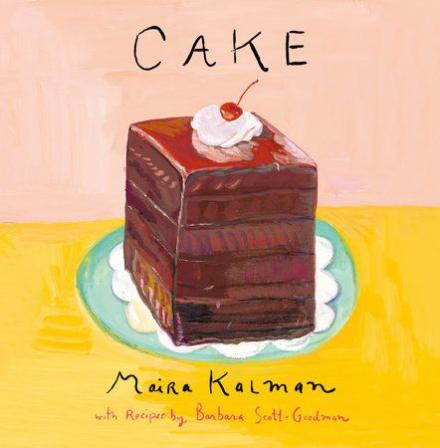
Have you been meaning to brush up on your baking skills? Do you ever throw a mixture into the heaven and sit on the floor in front of it, waiting a little too anxiously for the outcome? Fret not. Here are some super helpful cake-baking basics to put your mind at ease.
Getting Started
- Preheat the oven before baking a cake.
- Test the oven temperature for accuracy. Inexpensive oven thermometers are often not accurate. Use a reputable gauge, or more than one.
- Have all ingredients at room temperature, unless otherwise indicated, before mixing a cake.
- Have all ingredients measured, mixed, sifted, or otherwise prepared before you start to bake a cake, so as to have as little delay as possible between steps.
- Use only the pan size and shape designated in the recipe. Different size pans can cause overflow, or not allow proper rising and browning.
- Tread lightly and avoid major activity in the kitchen while cakes are baking
Ingredients and Measuring
- Use unbleached all-purpose flour. It has not been treated with a bleaching agent, so it is simply more natural and tastes better.
- Use only pure vanilla extract. Its aromatic flavor blends well with other ingredients and doesn’t have a strong, medicinal taste, like imitation extract.
- When measuring brown sugar, always pack it down firmly in the cup.
- When measuring sticky ingredients like honey, molasses, or corn syrup, spray the measuring cup with vegetable oil or rinse it out with hot water before adding the ingredient. The sticky ingredient will pour right out.
Mixing and Beating
- When mixing or beating anything with an electric mixer, scrape down the sides of the bowl and the beaters regularly.
Eggs
- Always use Grade A large eggs (unless otherwise stipulated). In most recipes, it is important to have the eggs at room temperature because they incorporate more easily into a batter and whip up better than cold eggs. If your eggs are not room temperature, warm them in a bowl of hot tap water for about 3 minutes before using.
- When beating egg whites, separate the yolks and whites very carefully. If there is even a hint of egg yolk in the whites they will not beat properly. It is unfixable and you will have to start all over again.
- When folding in egg whites, fold in a quarter to a third first to lighten the batter, then fold in all of the remaining whites. This method causes less deflation than folding in all at once. Use a balloon whisk, a large spoon, or a large rubber spatula and cut through the center of the batter, then bring the utensil up the side of the bowl, literally folding the batter into itself. Turn the bowl slightly and repeat until no clumps of whites can be seen. Don’t overfold!
- Licking the bowl or spoon of batter containing raw eggs is not a good idea. But if you’re making a cake or frosting that doesn’t contain eggs, it’s fine.
- How do you know if your eggs are fresh? Fill a bowl or saucepan with cold water and gently slide the eggs in. If they sink to the bottom and stay there, they’re fresh. If they float to the top, they’re not.
Baking and Doneness
- Bake cake layers in the center of the oven, with pans not touching each other or the oven walls.
- Start testing layers for doneness at the shortest suggested cooking time.
- When baking two or more layers, test each one for doneness. Layers in the back of the oven may be ready 2 to 3 minutes before those in the front. Remove each layer as it tests done.
- A cake is done when a cake tester or toothpick inserted in the center of the cake comes out dry, with no crumbs clinging to it, or when the cake springs back when pressed lightly in the center with a finger. The most common tool for testing a cake for doneness is a wooden toothpick. You can also use a cake tester, a thin wire skewer that is specific for this job.
Frosting
- Cool the cake completely before frosting, but frost it as soon as it is cool. If the cake sits too long before frosting, it will begin to dry out.
- Brush loose crumbs from layers before frosting.
- Frosting a cake is easiest if the cake is elevated a few inches off the work surface so you can see what you’re doing. You can find a decorating turntable at cake supply shops and online.
- To keep frosting off the serving platter, slip 3 or 4 strips of wax paper under the edges of the bottom cake layer. After frosting, slide out the strips. You will only have to do a light touch-up, if any.
- When frosting two-layer cakes spread about a quarter of the frosting between the layers. For three-layer cakes, use the same amount but spread it thinner.
- An offset metal icing spatula is a good tool for applying frosting, but a simple table knife will do in a pinch.
From CAKE by Maira Kalman with Barbara Scott-Goodman. Reprinted by arrangement of Penguin Press, part of the Penguin Random House company. Copyright (c) 2018 by Maira Kalman.
Tidak ada komentar:
Posting Komentar